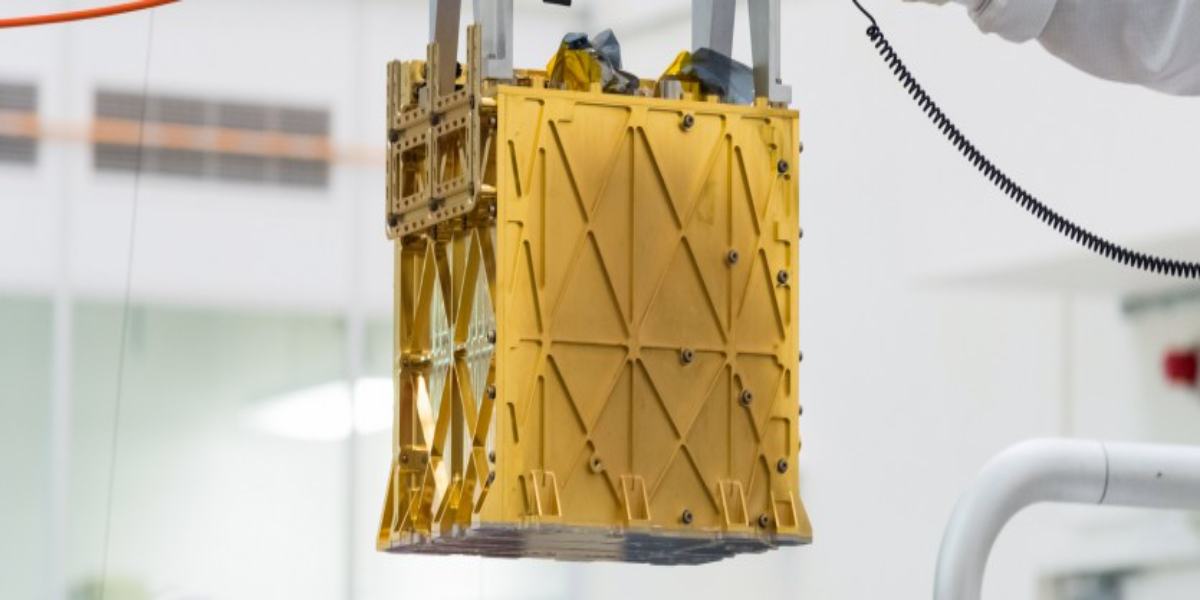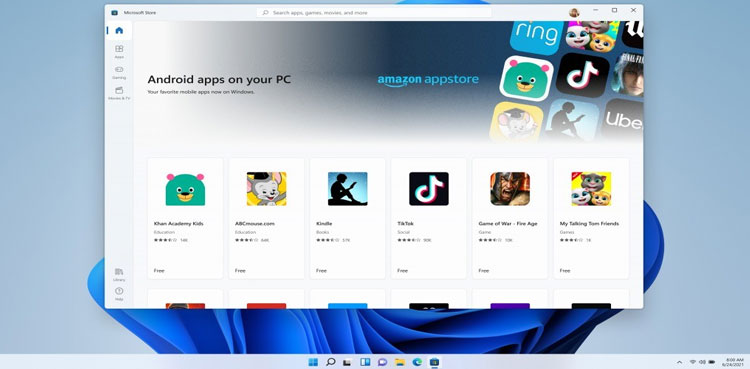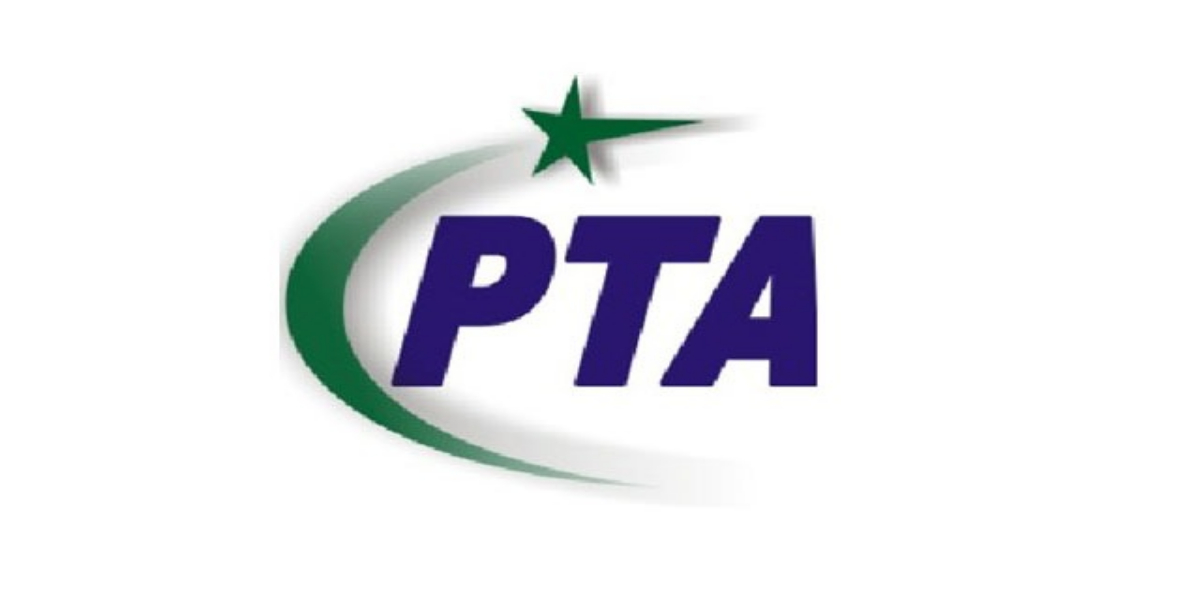Any discussion on the state of technology and its adoption in Pakistan eventually finds a way back to the structural issues and rightly so. Indeed, what the sarkari babus do (or don’t) ends up shaping the sector’s growth trajectory for better or worse.At the structural level, first is the regulatory aspect where the government tries to encourage or discourage the sector through its policies and that is something we have seen some progress on. But the second area, which probably affects the masses more directly, is how keen the administration is in terms of adopting technology itself in order to make processes simpler. For example, citizen facilitation centres or eliminating bureaucratic red tape, which falls under “digital governance”.Inevitably, any discussion on governance — digital or otherwise — turns political, mostly along provincial lines and comparisons soon follow. On that front, Punjab is generally considered the leader and has successfully marketed itself as such too. Khyber Pakhtunkhwa seems to be catching up. Meanwhile, Sindh is often viewed as a laggard, at the very least representative of its relatively poor record in building the right perception. As for Balochistan, unfortunately, the country doesn’t care enough to pay any attention to what’s happening there, no matter what the issue.
Let’s try to look at how different provincial governments have fared when it comes to easing the lives of their citizens through the adoption of technology. Starting with Punjab, even a cursory look takes you to hundreds of initiatives, ranging from an e-learning app to one for tourism.At the heart of it all is the Punjab Information Technology Board (PITB), which sort of works as the developer for all the provincial departments such as excise or anti-narcotics. This body has been one of the frontrunners in fostering a culture of innovation, not only through its role as an outsourced technology centre but also setting up Plan9 and PlanX, the incubation and acceleration centres that in turn have helped countless startups.PITB comes out as the developer of 99 mobile apps on Google’s Playstore, of which e-Pay Punjab is a notable example. It allows citizens of the province to pay their taxes and challans online, pivoting a major shift towards peer-to-government payments. A media report from mid-October showed that since its launch in the same month of 2019, Rs10 billion was collected through this channel.
This isn’t to say that PITB is the exclusive technology partner for authorities in Punjab. But it has more or less become a first point of reference. A relatively centralised authority makes things much easier and efficient, and that’s the kind of model other provinces are trying to follow.Take Khyber Pakhtunkhwa, for instance, where Dr Sahibzada Ali Mahmud, who holds a doctorate in electrical engineering and electronics from Brunel University, took charge as managing director of the KP IT Board less than a month ago and plans to transition towards a similar model.At the moment, most of the technology initiatives at the government level are undertaken by various departments, such as the tourism authority getting its app developed or the traffic police going its own way. “That creates silos, making monitoring at a higher level very difficult since there is no centralisation of data,” says Mr Mahmud.He adds that previously, KPITB was more focused on the digital skills part, which is one of the four pillars of the province’s Digital Policy 2018-23, including initiatives like Early Age Programming that taught MIT’s Scratch programme to secondary-level kids in government schools. Now e-governance is taking the central stage, and the work is well under way, says the MD.
Sindh too has had similar problems with organisations pursuing their technology adoption mandates in a decentralised way. Here again, the plan is to basically build a provincial IT body, with merit-based hiring from the private sector, that can finally execute the much-need shift towards digitalisation.To this end, a Sindh Information Technology Board was constituted in April last year. But according to the provincial IT minister’s adviser, Zain Shah — educated at the prestigious University of Southern California and ESADE — a Digital Transformation Authority is also on the cards with a focus on digital governance, health and education. Again, the idea is to consolidate all the data into one place to enable better monitoring and decision-making and possibly even monetising.Coming to the governance-related measures already in place, the most ambitious would probably be Sindh Zameen, under the Board of Revenue, where one can find property records by name, CNIC or even evaluate their prices and taxes. Similarly, Karachi Traffic Police has put in place a (strange) URL where people can pay their challans online.Finally, on to Balochistan. There is hardly any existing visible work to discuss, which is unsurprising considering that the provincial cabinet doesn’t even have an IT minister. However, they do have a six-pillared Digital Policy that includes access and infrastructure; literacy, skills and technology; digital services/cities/e-governance; digital promotion and transformation; digital security, disaster, rights and responsibilities; and digital economy.
Also Read: Imran Khan to Inaugurate Pakistan’s First Digital City in Haripur





